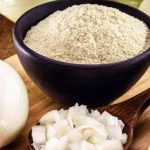Rice Noodles Versus Egg Noodles
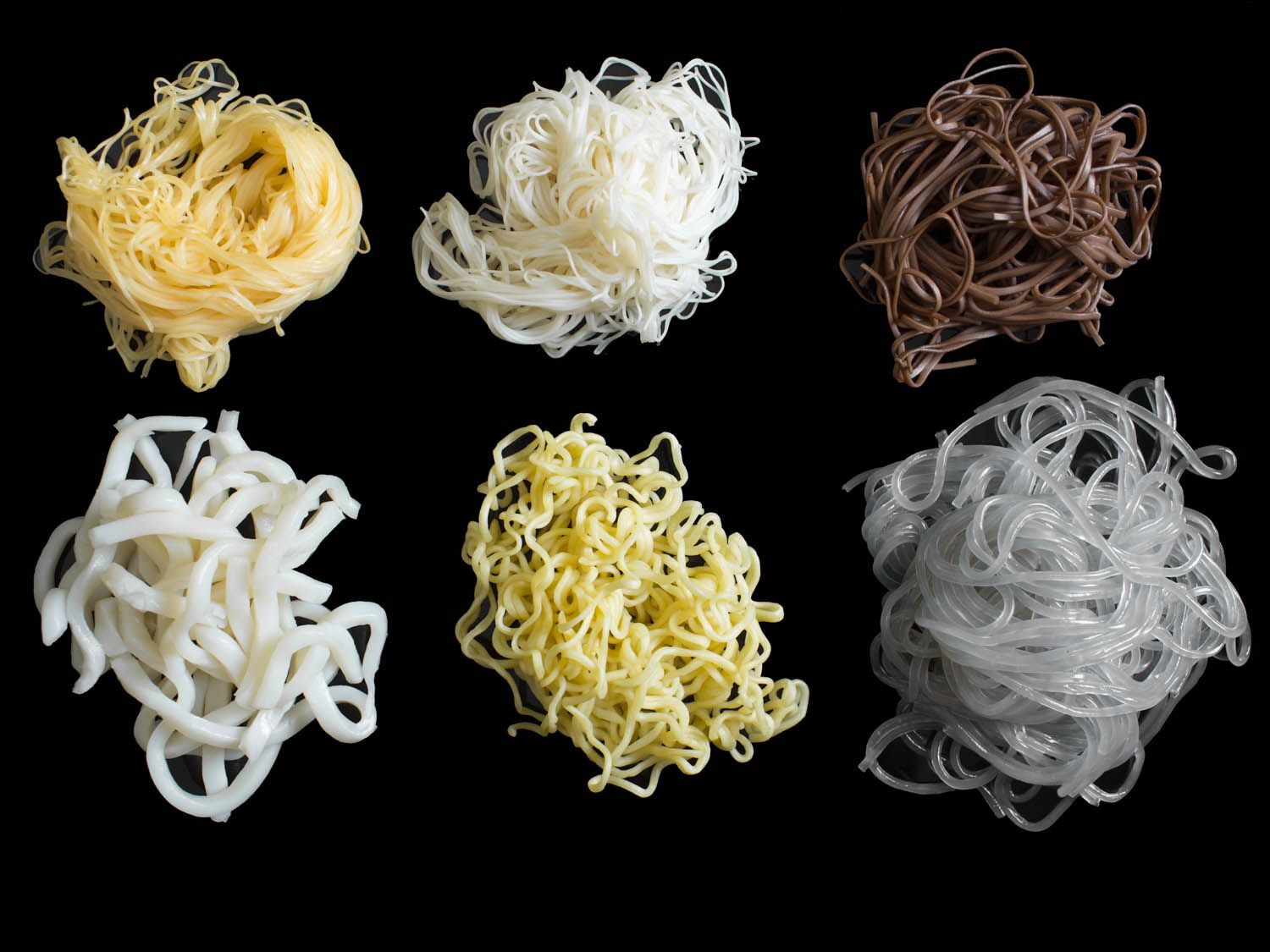
For noodles aficionados, the rice noodles vs egg noodles debate is worth more than any other form of food debates, this is obviously as a result of the wide acceptance and love noodles lovers have for these two different very popular noodles. In this article I would cover various aspects of the rice noodles versus egg noodles debate. So that if you’ve not been involved, you would be able to choose which noodle is the best for you.
What is Rice Noodles?
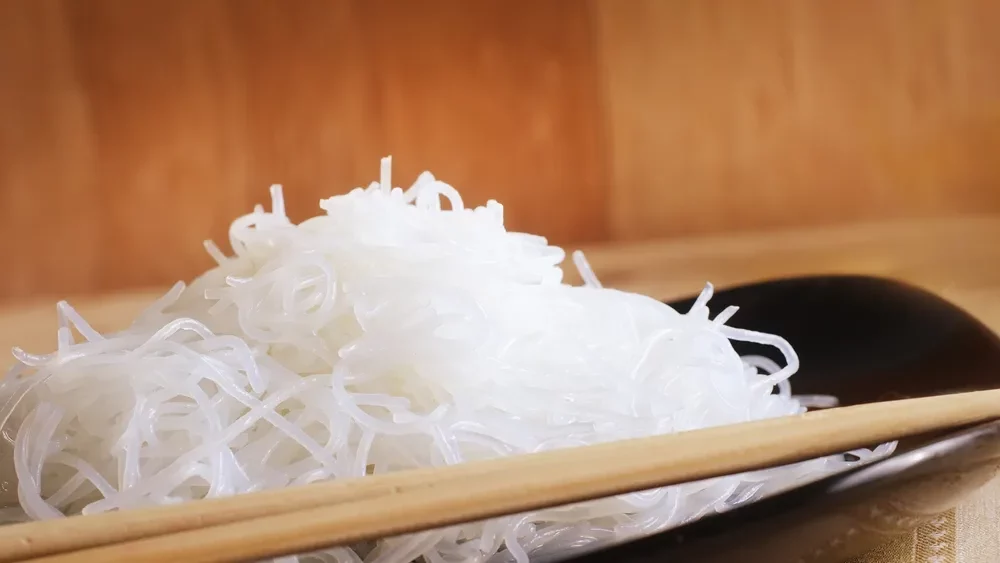
Rice noodles, also known as rice vermicelli or rice sticks, are a type of noodle made from rice flour and water. They are a staple in many Southeast Asian cuisines, including Thai, Vietnamese, Chinese, and Malaysian.
Rice noodles have a translucent appearance and a delicate, chewy texture when cooked. They come in various widths, ranging from thin to wide, depending on the specific dish they are used in. The width of the rice noodle can affect the cooking time and the overall texture of the dish.
To prepare rice noodles, they are typically soaked in hot water for a short period of time until they become soft and pliable. The soaking time can vary depending on the thickness of the noodles. Once softened, the noodles are often used in stir-fries, soups, salads, spring rolls, and noodle-based dishes.
One popular dish that features rice noodles is Pad Thai, a Thai stir-fried noodle dish that typically includes shrimp, tofu, bean sprouts, peanuts, and a tangy sauce. Rice noodles are also commonly used in Vietnamese dishes like Pho, a flavorful soup with various toppings such as beef, herbs, and bean sprouts.
Rice noodles are gluten-free, making them a suitable option for individuals with gluten sensitivities or those following a gluten-free diet.
Overall, rice noodles are a versatile and widely enjoyed type of noodle that is why we even have this debate. Rice noodle is known for its light and chewy texture, and their ability to absorb the flavors of the dishes they are used in.
What is Egg Noodles?
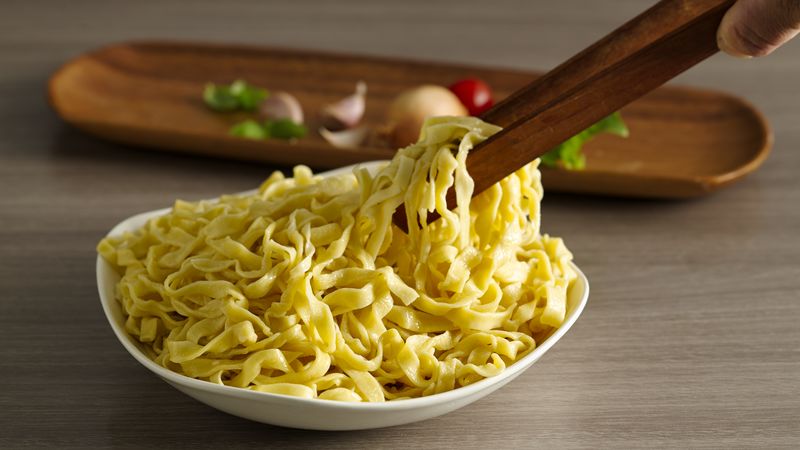
Egg noodles are a type of noodles made from wheat flour, eggs, and water. They are commonly used in various cuisines around the world, including Chinese, Japanese, Italian, and Eastern European dishes.
The addition of eggs to the dough gives egg noodles their distinctive yellow color, rich flavor, and slightly chewy texture. The ratio of eggs to flour can vary, which affects the overall texture and richness of the noodles. Some egg noodles are made with just egg yolks, which results in a softer and more tender noodle, while others may use whole eggs or a combination of whole eggs and yolks for a slightly firmer texture.
Egg noodles come in various shapes and sizes, including long and thin strands, wide flat noodles, or short and stubby shapes. They are versatile and can be used in a wide range of dishes. Egg noodles are commonly used in soups, stir-fries, casseroles, pasta dishes, and even in desserts like noodle puddings.
In Asian cuisines, egg noodles are often found in dishes such as chow mein, lo mein, and yakisoba. In Italian cuisine, egg noodles are known as “tagliatelle” and are commonly served with rich sauces like Bolognese or Alfredo.
Overall, egg noodles are a delicious and versatile noodle option that adds flavor and texture to a variety of dishes.
Reading the two sections above, you should have an idea what rice noodles is as well as what egg noodles is. You should also have an idea what they are made from, hence their names. Let’s dive into the most important part of this article which is the reason for it.
Egg Noodle vs Rice Noodle
As you already know, rice noodles and egg noodles are two popular types of noodles that are commonly used in various Asian cuisines. While both types of noodles are versatile and delicious, they do have some differences in terms of their ingredients, texture, and culinary applications. Let’s compare rice noodles and egg noodles:
Ingredients:
- Rice Noodles: As the name suggests, rice noodles are made primarily from rice flour and water. They are gluten-free, which makes them suitable for individuals with gluten sensitivities or celiac disease.
- Egg Noodles: Egg noodles, on the other hand, are made from wheat flour, eggs, and water. The addition of eggs gives them a rich flavor and a yellow color.
Texture:
- Rice Noodles: Rice noodles are typically thin, delicate, and translucent. They have a soft and chewy texture when cooked and are often used in soups, stir-fries, and spring rolls.
- Egg Noodles: Egg noodles are generally thicker and have a firmer texture compared to rice noodles. They can be found in various shapes and sizes, such as flat, wide, or thin strands. Egg noodles are commonly used in dishes like chow mein, lo mein, and stroganoff.
Culinary Applications:
- Rice Noodles: Rice noodles are commonly used in Southeast Asian cuisines, including Thai, Vietnamese, and Malaysian dishes. They are well-suited for dishes like Pad Thai, Pho, and Singapore noodles.
- Egg Noodles: Egg noodles are prevalent in Chinese, Japanese, and European cuisines. They are used in dishes like stir-fries, noodle soups, pasta dishes, and casseroles.
Cooking Methods:
- Rice Noodles: Rice noodles are typically soaked in hot water to soften them before being added to dishes or briefly stir-fried. They have a tendency to cook quickly, so it’s important not to overcook them, as they can become mushy.
- Egg Noodles: Egg noodles are usually boiled until they reach the desired tenderness, which can vary depending on the dish. They hold up well during cooking and can be stir-fried, sautéed, or added to soups and stews.
Below is a table highlighting all the differences and similarities between rice noodles and egg noodles.
Rice Noodles vs Egg Noodles Comparison Table
| Features | Egg Noodles | Rice Noodles |
|---|---|---|
| Ingredients | Made from wheat flour, eggs, and water | Made from rice flour and water |
| Texture | Firm and slightly chewy | Soft and chewy |
| Color | Yellow due to the addition of eggs | Translucent or white |
| Culinary Applications | Commonly used in Chinese, Japanese, and European cuisines | Commonly used in Southeast Asian cuisines (Thai, Vietnamese) |
| Cooking Methods | Boiled, stir-fried, sautéed, added to soups and stews | Soaked in hot water to soften, stir-fried or added to dishes |
| Gluten | Contains gluten | Gluten-free |
| Common Dishes | Chow mein, lo mein, pasta dishes, casseroles | Pad Thai, Pho, spring rolls, stir-fries |
| Availability | Widely available in most grocery stores and Asian markets | Widely available in most grocery stores and Asian markets |
The table contains a general overview of these two very popular noodles, use cases and other culinary practices and preferences may vary from person to person as well as from culture to culture.
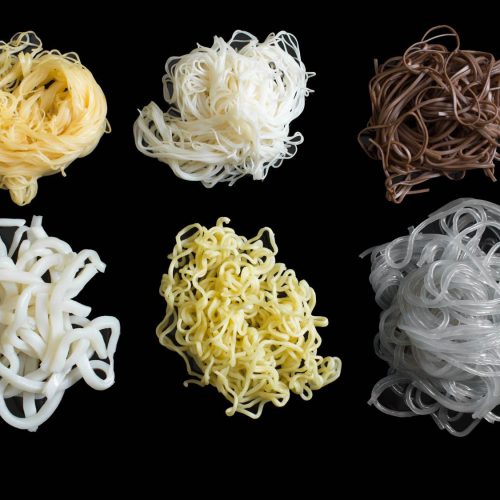
Rice Noodles Versus Egg Noodles Recipe
Equipment
- Wok
Ingredients
- 1/2 teaspoon Diamond Crystal kosher salt; for table salt use half as much by volume
- 1 teaspoon chile flakes or chile sauce plus more for serving
- 2 scallions 1 ounce; 30g, trimmed and thinly sliced crosswise (about 1/3 cup)
- 2 small heads bok choy about 4 1/2 ounces; 154g or other hearty greens, cut into 1/2-inch slices (about 2 cups loosely packed greens)
- 2 medium cloves garlic minced
- 2 to 3 teaspoons light soy sauce 5 to 15ml
- 4 eggs
- 4 tablespoons 60ml vegetable or canola oil, divided
- 8 ounces 227g dry rice noodles
Instructions
- Cook noodles according to package instructions. Rinse cooked noodles under cold running water. Drain well and set aside.
- Beat eggs with salt until homogenous in your bowl.
- In the wok, heat 2 tablespoons (30ml) oil over high heat until shimmering. Add eggs and cook, scrambling and stir-frying with a spatula, until almost cooked through, about 30 seconds. Transfer to a plate and set aside.
- Wipe out wok and add 1 tablespoon (15ml) oil. Heat over high heat until smoking. Add greens and stir-fry until just tender, 1 to 3 minutes. Transfer to a plate and set aside.
- Add remaining 1 tablespoon (15ml) oil to wok and heat over high heat until smoking. Add garlic and scallions and cook, stirring constantly, until lightly browned, about 30 seconds. Add chile flakes or chile sauce to wok and stir-fry until fragrant, a few seconds.
- Add noodles to wok and stir around with a spatula, adding soy sauce as you mix. Stir-fry until noodles are dry and evenly seasoned, 2 to 3 minutes, then add eggs and vegetables and stir around until everything is blended. Serve immediately, with more chile sauce and soy sauce on the side.
Nutrition
At this point I believe you’ve formed an opinion on which you consider to be the best noodle from the egg noodles vs rice noodles comparison and debate.
